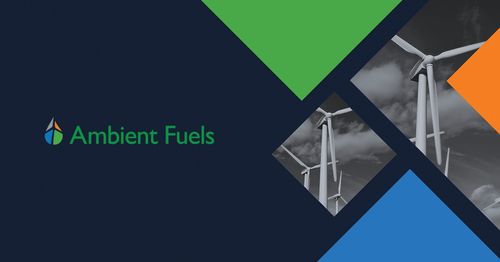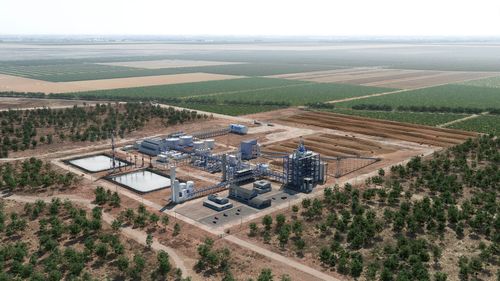First Ammonia is working with Morgan Stanley as its investment banker as it seeks to raise debt and equity for a flagship green ammonia project in Texas.
The New York City-based developer is moving toward financial close this year on the first 100 MW train of a 300 MW project at the Port of Victoria, Texas. Morgan Stanley has held the mandate since last year, but it has not been previously reported.
First Ammonia did not respond to requests for comment. Morgan Stanley declined to comment.
In an interview last year, First Ammonia CEO said the 100 MW train of the Port of Victoria project is estimated to cost $300m, while the full 300 MW will cost between $900m – $1bn. Each 100 MW module will produce up to 100,000 MTPA of green ammonia.
The project is expected to be the first in First Ammonia’s global pipeline of green ammonia facilities that will eventually add up to 5 million MTPA of production within 10 years.
The firm has contracted with Haldor Topsoe for 5 GW of solid-oxide electrolysis for its project portfolio. It is seeking a partner to provide 45V-compliant renewable energy to power electrolysis at Port of Victoria, as reported exclusively by ReSource.






